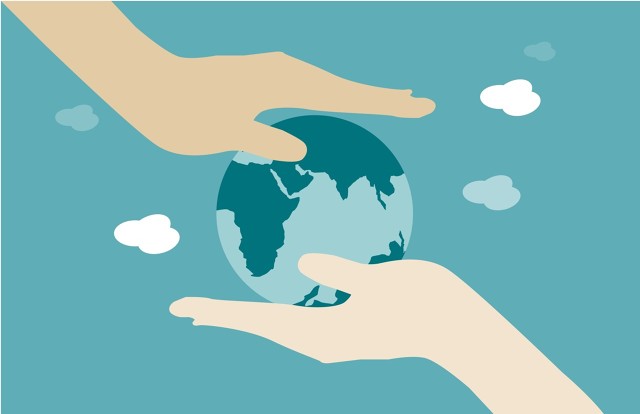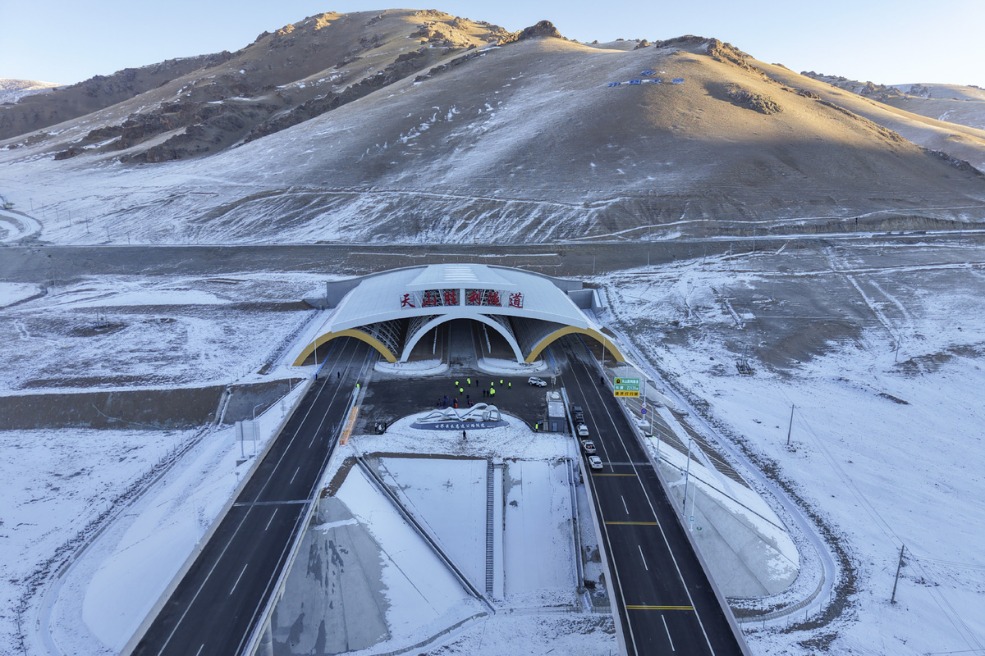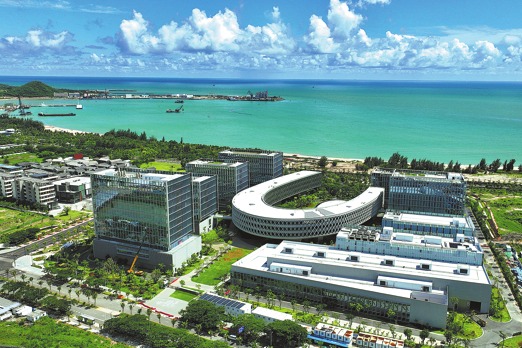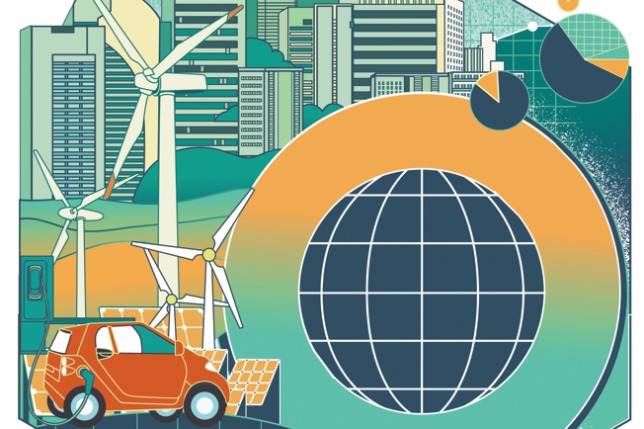China, ASEAN need chopstick and broom spirit to fight climate crisis


On March 24, 2022, the Belt and Road Initiative International Green Development Coalition (BRIGC) launched the report, Green and Low-Carbon Transition of ASEAN Member States under the BRI Framework – Potentials and Opportunities. The report points out, as its title suggests, that "China and ASEAN's cooperation in green and low-carbon transition is at a historical juncture of huge opportunity."
Member states of the Association of Southeast Asian Nations (ASEAN), in the face of tortuous recovery of the world economy and climate crisis, are now in a critical period of economic development and industrial transformation and upgrading. According to the ASEAN Plan of Action on Energy Cooperation (APAEC) 2016-2025 Phase II: 2021-2025, member states will deliver an energy intensity reduction target of 32 percent by 2025 based on the 2005 level. On Renewable Energy (RE), ASEAN will aim to achieve its aspirational targets of 23 percent share of RE in Total Primary Energy Supply and 35 percent share of RE in installed power capacity, which faces a large gap in funds, technology, and energy infrastructure.
China is the world's largest producer of and market for solar photovoltaic and wind power equipment. China's Action Plan for Carbon Dioxide Peaking Before 2030 covers both the country's domestic climate ambitions and overseas goals, with particular stress on the importance of making the Belt and Road Initiative (BRI) a green initiative, and to strengthen cooperation with other participants on green infrastructure, green energy, and green finance. At the 76th Session of the United Nations General Assembly, China stated that it will step up support for other developing countries in developing green and low-carbon energy, and will not build new coal-fired power projects abroad.
The ties and partnerships between China and ASEAN have aways been strong. Since the adoption of the ASEAN-China Strategy on Environmental Cooperation in 2009, the two sides have established mature policy dialogue mechanisms in the field of environment and climate. According to the latest Framework of ASEAN-China Environmental Cooperation Strategy and Action Plan 2021-2025, the two sides will maintain closer ties in this field.
China and ASEAN are made to be partners in their green and low-carbon energy transition. They are also made to be stronger partners in their economic recovery with the Regional Comprehensive Economic Partnership (RCEP) going into force this year.
Some critics push back against China's increasing influence in the ASEAN region, but we pose the challenge differently. Why can't China do more? China can, must, and shall do more to enable and accelerate Southeast Asia's energy transition, and to mutually strengthen our resilience and adaptability.
China shares and feels the pains its neighbors are going through from climate crisis. We are all vulnerable.
The wind that blows through Guangdong blows through Bac Lieu in Vietnam as well. We share the deadly smoke of entire forests burning due to neglect and greed. A village on the verge of being inundated from rising sea levels in the Philippines is sounding a loud alarm to Hong Kong and Shanghai. Last year, we in Manila watched with concern as massive floods ravaged the city of Zhengzhou, because we've experienced the same pain as well.
We share the fear of an uncertain future. We must also share the task to build a promising future.
Shanxi in China and Sumatra in Indonesia both face the immense challenge of transitioning local economies away from coal, because what once provided income and jobs have now become a source of harm. Coal is increasingly seen as a relic of the past, correctly, and workers in the coal industries of China and Indonesia are people whose families should benefit first from the new low carbon economy.
The energy transition provides us in China and ASEAN a historic opportunity.
Hundreds of million in ASEAN, along with over 350 million people across the Vulnerable Group of Twenty (V20) of 55 countries, still lack access to modern energy services. They have launched an important initiative called the Climate Prosperity Plans, which intends to build forward stronger by charting a decade of robust socio-economic development that fully integrates renewable energy and grid modernization.
There are significant opportunities for China to strengthen economic partnerships through the Belt and Road Initiative in the form of climate-centered investment and trade, including technology transfer and innovative business model creation for a modernized energy economy. China, as the world's largest renewable energy producer and investor, is a South-South partner of choice for these climate-vulnerable developing countries.
Green low-carbon energy transition will be a key pillar for China and ASEAN to join hands and build a common home that is peaceful, safe, secure, prosperous, and beautiful. In his remarks delivered at the 30th anniversary of the China-ASEAN Dialogue last year, President Xi Jinping used these exact five adjectives for his five proposals regarding future relations between China and ASEAN. These five ajdectives are also the most accurate for the vision of "community of shared future for mankind."
When there is short-sighted violence of wars today fought over short-lived fossil fuel resources, it is particularly important to remind ourselves of this vision and the unity that is essential to achieving such a future, a future of climate security, energy security, economic security, national security, and people's life security.
When talking about "unity", in China people often say that it is easy to snap a single chopstick, but when 10 chopsticks are bundled, they are impossible to break. We have a similar metaphor in our country, the Philippines: Matibay ang walis, palibhasa'y magkabigkis. "A broom is strong because its strands are tightly bound." Premier Li Keqiang used this Filipino saying to illustrate the importance of working together at the 20th China-ASEAN Summit in 2017. Today, this saying and its Chinese translation are prominently displayed at the Chinese embassy in the Philippines.
In the face of climate crisis, bundling tightly and supporting each other is the only way forward for China and ASEAN. We must be united like 10 chopsticks to face the climate crisis, and we must work in unison like a sturdy broom to build a green low-carbon future. This is our common mission, and we shall accomplish it, knowing what we share historically, today, and in the future, is greater than our differences.
Sara Jane Ahmed is founder of the Financial Futures Center and finance adviser to the V20 (Climate Vulnerable Forum) Group of Ministers of Finance, and Renato Redentor Constantino is the executive director of the Institute for Climate and Sustainable Cities (ICSC).
The opinions expressed here are those of the writers and do not necessarily represent the views of China Daily and China Daily website.
If you have a specific expertise, or would like to share your thoughts about our stories, send us your writings at opinion@chinadaily.com.cn, and comment@chinadaily.com.cn.


































